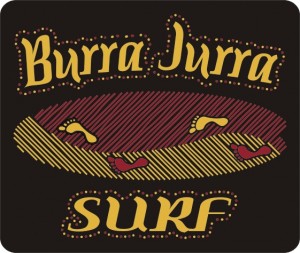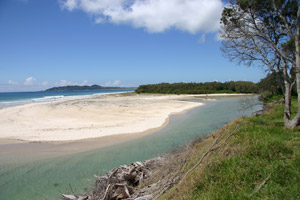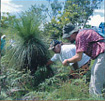Our Aboriginal culture gives us a sense of belonging to the land, the sea and to each other. It links the past, present and future and is expressed through our stories, art and songs, our dance and ceremony, and the way we understand and respect Country. Much has been handed down from our ancestors over a long time and we work to keep this valuable knowledge and connection to Country alive. Maintaining our cultural traditions and looking after Country is important for our identity and well-being, and shows respect to our ancestors.
“Our culture is one of the most beautiful cultures in the world. It feels good to be a part of my culture, it makes me feel connected and have a strong identity and belonging. I think it is very important for all Australians to understand Aboriginal Culture and learn and recognise Aboriginal people as the First Australians and people that have been here for thousands and thousands of years. We need to learn and unite and look after this land we all call home .“ Nigel Stewart, Arakwal family member.
Through these ancestors we are connected to Country in northern New South Wales that extends along the coast from Broken Head in the south to the Brunswick River (Durrumbul) to the north, past Julian Rocks (Nguthungulli) out into the Tasman Sea to the east, and into the Byron Bay hinterland to the west.
We continue to have a strong association with this area which includes the coastal town of Byron Bay, known by the Bunjalung people as Cavanbah, which means ‘meeting place’. Many of us live and work here, or if living elsewhere visit whenever we can. To all of us it is our true home. Click on and watch the video below and learn more from Arakwal family member, Delta Kay, who shares stories and information about Cavanbah.
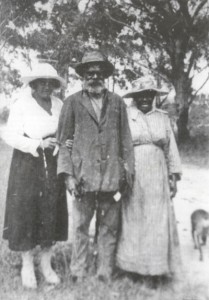 Our relationship with this Country is more than just a place to live. It’s the living, breathing source of all life, our spiritual home and home of our ancestors’ spirits.
Our relationship with this Country is more than just a place to live. It’s the living, breathing source of all life, our spiritual home and home of our ancestors’ spirits.
Being in and part of Country keeps us connected to our culture and our ancestors. It’s our duty to look after Country. We look after Country and Country looks after us.
Through family and long term relationships over many generations we are also connected to Country and Aboriginal communities up and down the coast and inland, not just in the Northern Rivers region but much further afield.
Likewise they are connected to us, and Country here, and this is important for maintaining our traditions, knowledge and stories that go back to the Dreaming time.
 NAIDOC Week 2016
NAIDOC Week 2016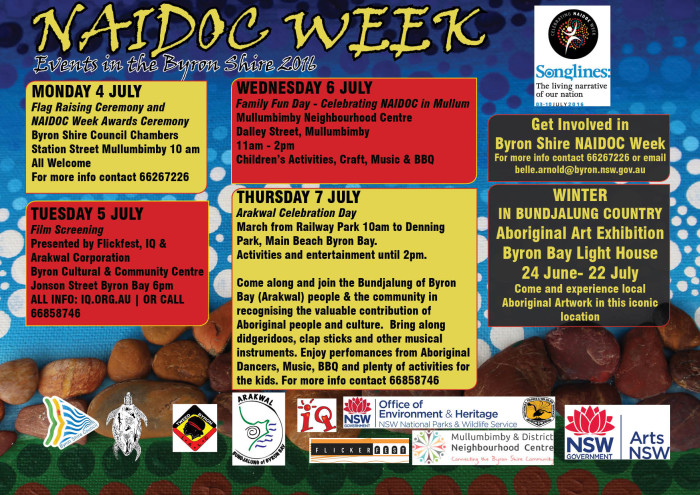 NAIDOC Program
NAIDOC Program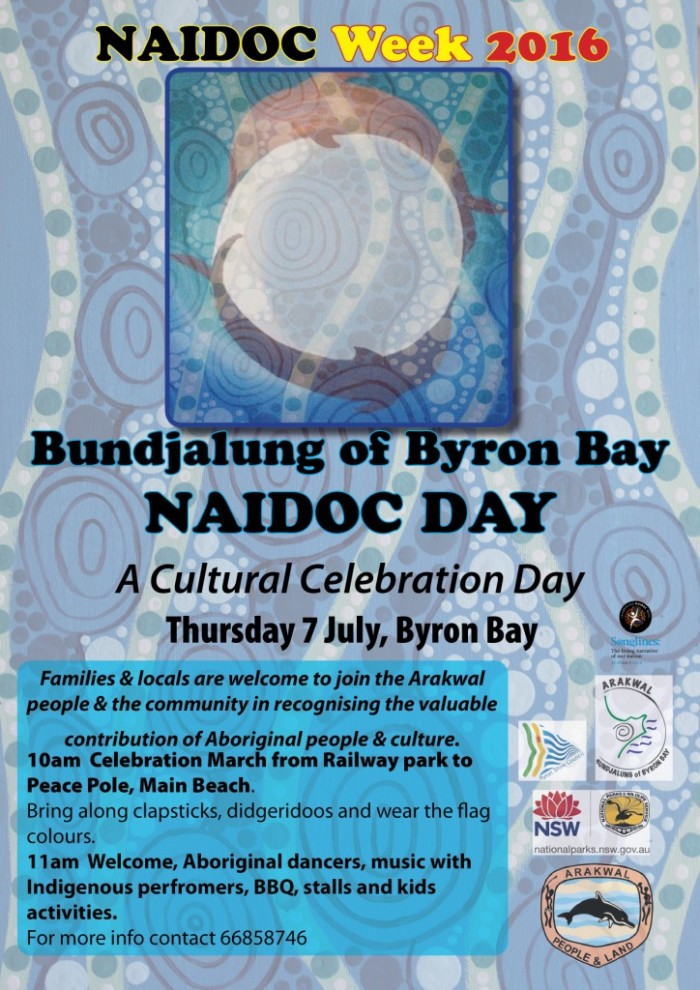 Cultural Celebration
Cultural Celebration
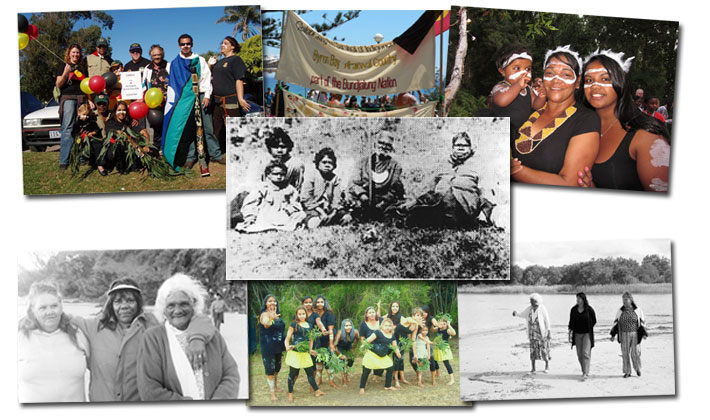
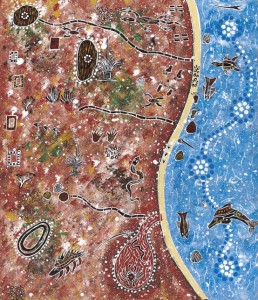

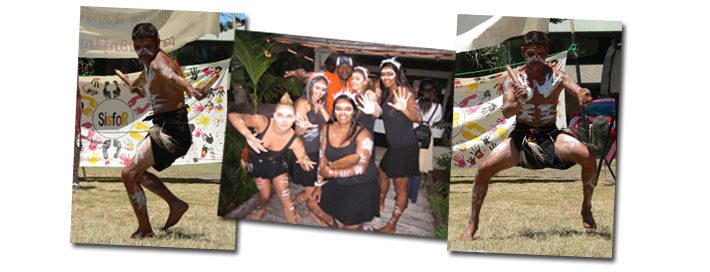
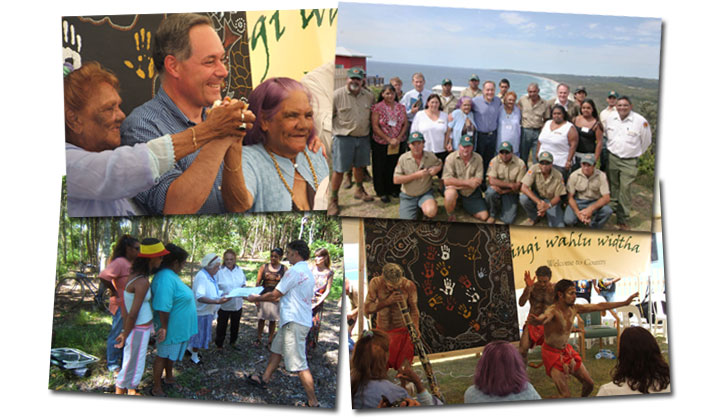

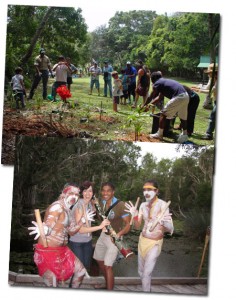

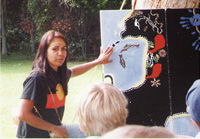
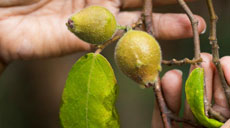 Join an Arakwal Aboriginal Discovery Ranger to learn more about Arakwal Bundjalung people and their ongoing connection to culture in their local area. Explore the special connection to the Cape Byron State Conservation Area, known as Walgun, and other sites of significance. Rangers discuss traditional and contemporary culture, using Aboriginal tools, weapons and artefacts. Find about joint management between Arakwal (Bundjalung) people and the National Parks and Wildlife Service (NPWS). The activity is conducted along the iconic Cape Byron Walking Track, hearing traditional stories and local history along the way. This activity is undertaken at the Cape Byron State Conservation Area, starting at Wategos Beach and finishing at the Cape Byron Lighthouse.
Join an Arakwal Aboriginal Discovery Ranger to learn more about Arakwal Bundjalung people and their ongoing connection to culture in their local area. Explore the special connection to the Cape Byron State Conservation Area, known as Walgun, and other sites of significance. Rangers discuss traditional and contemporary culture, using Aboriginal tools, weapons and artefacts. Find about joint management between Arakwal (Bundjalung) people and the National Parks and Wildlife Service (NPWS). The activity is conducted along the iconic Cape Byron Walking Track, hearing traditional stories and local history along the way. This activity is undertaken at the Cape Byron State Conservation Area, starting at Wategos Beach and finishing at the Cape Byron Lighthouse.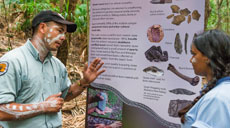 Uncover the past and yarn about the present by joining traditional custodians, Arakwal Aboriginal guides in an investigation of The Pass midden, a 1000 year old significant Aboriginal site. Get involved in a walking storybook within the Cape Byron State Conservation Area and learn about the archaeological study, cultural traditions, bush tucker, the kinds, of weapons and tools used and the size of local communities and their use of the midden over time. The Pass midden is the only known large, substantially undisturbed foredune pipi midden remaining out of 82 middens recorded along the 75km coastline between Ballina and NSW-QLD border.
Uncover the past and yarn about the present by joining traditional custodians, Arakwal Aboriginal guides in an investigation of The Pass midden, a 1000 year old significant Aboriginal site. Get involved in a walking storybook within the Cape Byron State Conservation Area and learn about the archaeological study, cultural traditions, bush tucker, the kinds, of weapons and tools used and the size of local communities and their use of the midden over time. The Pass midden is the only known large, substantially undisturbed foredune pipi midden remaining out of 82 middens recorded along the 75km coastline between Ballina and NSW-QLD border.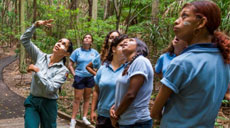 Join an Arakwal Aboriginal Discovery Guide to learn more about Arakwal Bundjalung people and their ongoing connection to culture in their local area. Explore the special connection to the Cape Byron State Conservation Area known as Walgun and other sites of significance. Rangers discuss traditional and contemporary culture, using Aboriginal tools, weapons and artefacts. Find about joint management between Arakwal (Bundjalung) people and the National Parks and Wildlife Service (NPWS). The activity concludes by walking the iconic Cape Byron Walking Track, hearing traditional stories and local history along the way.
Join an Arakwal Aboriginal Discovery Guide to learn more about Arakwal Bundjalung people and their ongoing connection to culture in their local area. Explore the special connection to the Cape Byron State Conservation Area known as Walgun and other sites of significance. Rangers discuss traditional and contemporary culture, using Aboriginal tools, weapons and artefacts. Find about joint management between Arakwal (Bundjalung) people and the National Parks and Wildlife Service (NPWS). The activity concludes by walking the iconic Cape Byron Walking Track, hearing traditional stories and local history along the way.
 This module of the NSW Marine Parks Education Kit explores Aboriginal peoples’ connection to and use of the sea (sea country) in the Cape Byron area, including their traditional practices, and how this connection is expressed through art, dance and music.
This module of the NSW Marine Parks Education Kit explores Aboriginal peoples’ connection to and use of the sea (sea country) in the Cape Byron area, including their traditional practices, and how this connection is expressed through art, dance and music.